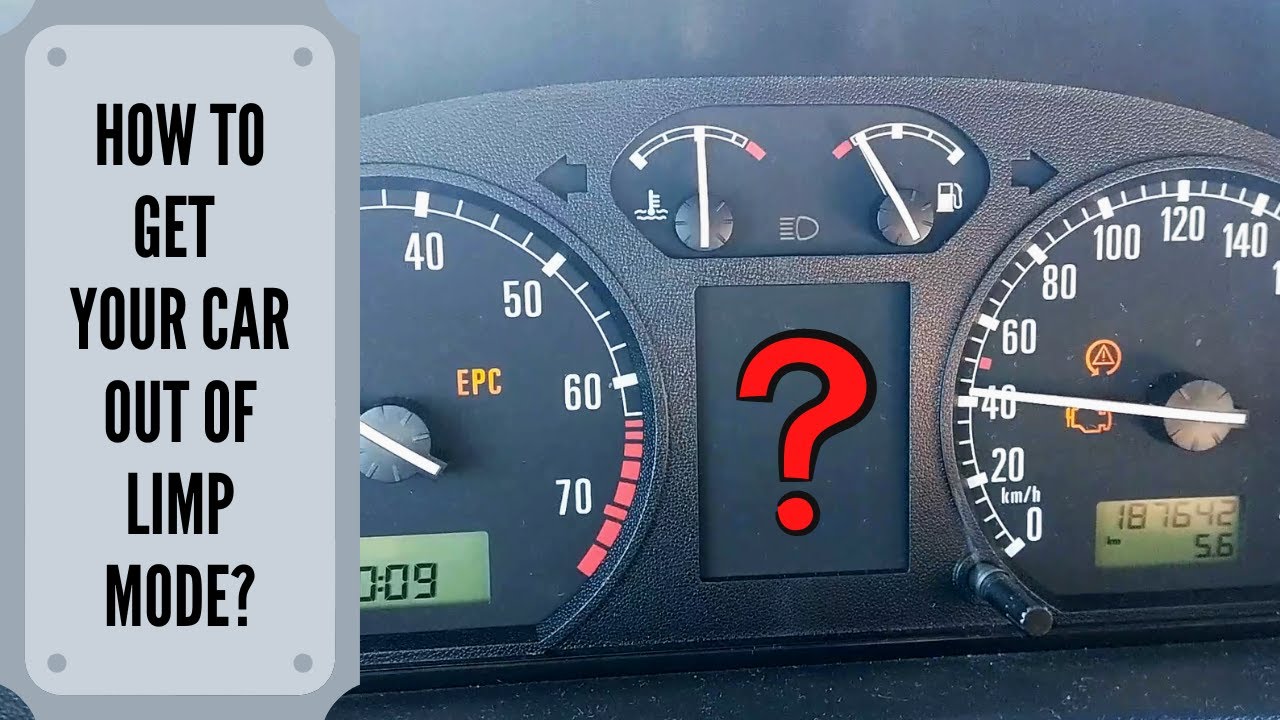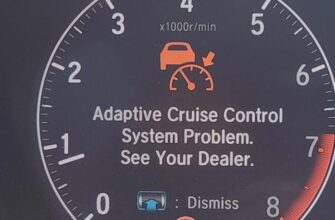Is your car suddenly losing power and refusing to shift properly? You might be experiencing limp mode, a vehicle’s self-preservation mechanism that restricts performance to prevent serious engine damage. While frustrating, understanding how to address limp mode can save you thousands in repair costs and get you back on the road safely.
Understanding Limp Mode and Its Triggers
Limp mode (also called “limp home mode” or “safe mode”) is your vehicle’s protective response to potentially damaging conditions. According to automotive expert Tom Johnson of AutoTech Solutions, is like your car’s immune system – it’s not comfortable, but it’s protecting vital components from serious damage.”

Common triggers include:
- Transmission issues
- Engine problems
- Sensor malfunctions
- Electrical system failures
- Low fluid levels
How to Diagnose
Before attempting any fixes, proper diagnosis is crucial. Master technician Sarah Chen explains, “70% of limp mode cases I see are resolved through proper diagnosis rather than parts replacement.”
Follow these diagnostic steps:
- Check for warning lights
- Note any unusual behavior
- Document when the problem occurs
- Use an OBD-II scanner to read error codes
- Check transmission fluid levels and condition
Step-by-Step Guide to Exit Limp Mode
Initial Steps
- Safely pull over and turn off the engine
- Wait 10-15 minutes
- Restart the vehicle
- Check if limp mode persists
Advanced Solutions
If the initial reset doesn’t work:
- Clear error codes using an OBD-II scanner
- Check and replace faulty sensors
- Address transmission fluid issues
- Repair wiring problems
- Replace damaged components

Professional Tips to Prevent problems
- Regular maintenance schedule adherence
- Prompt attention to warning lights
- Quality replacement parts
- Professional diagnostic scans
When to Seek Professional Help
Some situations require immediate professional attention:
- Multiple warning lights
- Burning smells
- Unusual noises
- Persistent issues after basic troubleshooting
Common Myths Debunked
| Myth | Reality |
|---|---|
| Limp mode always means transmission failure | Often just sensor issues |
| You must replace major components | Many cases resolve with simple fixes |
| Clearing codes fixes the problem | Root cause must be addressed |
| All cars handle limp mode the same | Varies by make and model |
FAQ Section
Q: Can I drive in this mode? A: While possible for short distances, it’s not recommended for extended periods.
Q: How much does it cost to fix? A: Costs range from $50 for sensor replacement to $2,000+ for major repairs.
Q: Will this clear itself? A: Sometimes after a restart, but the underlying issue must be addressed.
Related Diagnostic Guides
- How to Fix the P0171 Lean Code on Your Vehicle
- Engine Check Light Flashing and Car Shaking: Meaning, Causes, and Solutions
Conclusion
While limp mode can be alarming, it’s a protective feature that can be resolved with proper diagnosis and repair. By following this guide’s steps and knowing when to seek professional help, you can address the issue effectively and prevent future occurrences.
Remember: The key to successfully resolving problem is identifying and fixing the root cause, not just clearing the symptoms.








